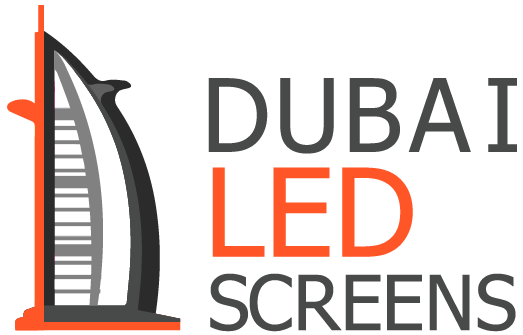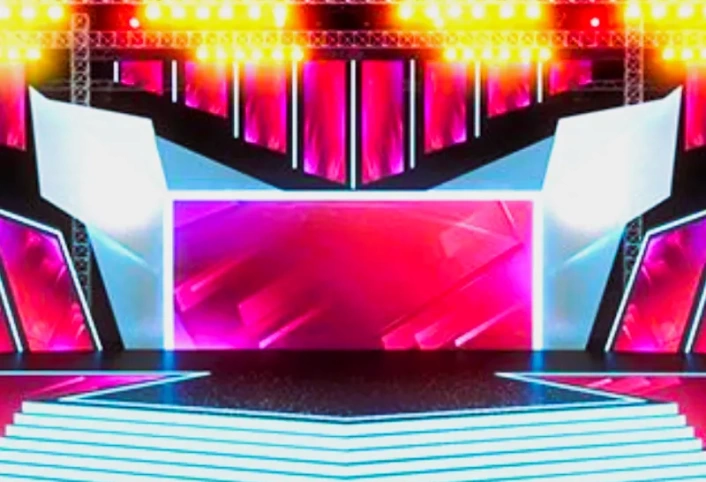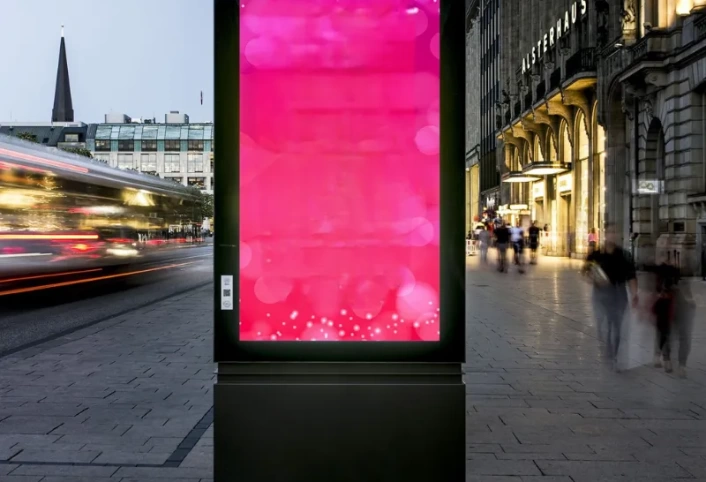In the digital age, LED screens have revolutionized how businesses, venues, and even homeowners present visual content. These screens offer bright, dynamic, and eye-catching displays, making them ideal for a variety of applications, including outdoor advertising, corporate presentations, entertainment, and events. However, the journey to getting the most out of an LED screen doesn’t end with its purchase. There’s a suite of services that are essential to ensuring its long-term performance, efficiency, and effectiveness.
From proper installation to creative content development, the following sections will take you through the necessary services that make LED screens shine in all their glory.
LED Screen Services: A Holistic Approach
To fully harness the potential of an LED screen, it’s critical to approach it holistically. Installing and setting up an LED screen involves more than just choosing the hardware. You need to consider the screen’s location, resolution, viewing distance, and intended use to ensure that it delivers high-quality visuals for your specific needs.
Here’s an overview of the essential services you will need when working with LED screens:
- Design and Consultation: This first step ensures that you get the right screen for your project. Professionals will evaluate the area where the screen will be placed, consider ambient light conditions, and suggest the optimal screen resolution and size.
- Installation Services: Once the design is finalized, expert installation ensures that the LED screen is securely and safely mounted. Depending on the size and complexity, this may involve scaffolding, precise positioning, and integrated wiring.
- Calibration and Configuration: After installation, the screen will need to be calibrated to ensure optimal picture quality. This includes adjusting brightness, contrast, color, and ensuring that the images displayed are clear from all viewing angles.
5 Essential Tips for LED Screen Maintenance
Maintaining an LED screen goes beyond wiping off dust from time to time. Routine care and technical updates will ensure longevity and consistent performance. Here are five tips to help keep your LED screen in top condition:
1. Regular Cleaning: Dust, dirt, and debris can accumulate on the screen, leading to diminished picture clarity. Always use non-abrasive cleaning materials to prevent scratching the screen.
2. Monitor Software & Firmware Updates: LED screens run on sophisticated software, and keeping it updated ensures better performance and improved features. Stay in touch with your service provider for routine updates.
3. Check Hardware Connections: Over time, loose connections can cause issues such as flickering or blank spots on the screen. Regularly inspect the connections, including cables and ports, for any signs of wear or damage.
4. Temperature Control: LED screens generate heat, which, if not managed properly, can reduce the lifespan of the components. Ensure that the environment where the screen is located is temperature-controlled to prevent overheating.
5. Opt for Professional Maintenance: At least once or twice a year, it’s recommended to have a professional inspect your LED screen to identify and address any potential problems before they escalate.
Creating Eye-Catching Content for LED Screens: Why It Matters
While the technical aspects of LED screens are vital, what truly makes them effective is the content they display. Content development is an often-overlooked aspect of maximizing the potential of LED screens, but it’s one of the most important factors in capturing attention and delivering a message.
To truly utilize an LED screen to its full potential, dynamic and engaging content must be displayed. Whether you’re showcasing advertising for a business, streaming live events, or displaying corporate presentations, well-crafted visuals are crucial.
Here are some content development ideas to consider:
- Tailored Video Animations: These can include customized promotional content, animations, or brand-centric messages.
- Interactive Displays: In venues or public spaces, LED screens can be used for interactive content, engaging viewers in a more immersive experience.
- Real-Time Data Feeds: For industries like finance or news, live data feeds displayed on LED screens keep viewers informed in real time.
Creative content, along with well-placed visuals and sharp design, ensures that the LED screen remains an effective tool for communication and promotion.
Conclusion:
By integrating various service components—installation, calibration, content development, and maintenance—your LED screen will become a seamless, high-performing tool for your needs.





